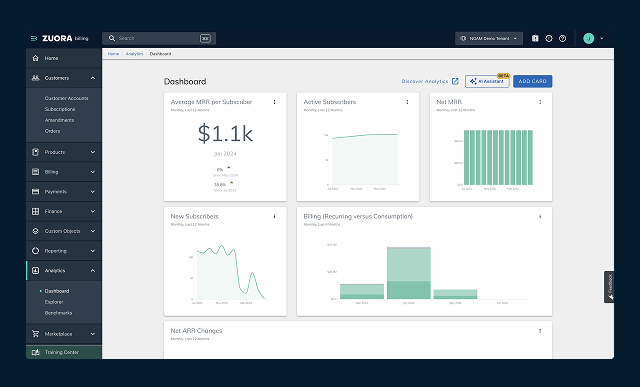People often make assumptions about the difference between public sector versus private sector readiness. The most common is that there is a great deal more due diligence, bureaucracy and compliance hurdles compared to private businesses. That somehow, the private sector finds it easier to glide through governance and change management along a relatively smooth transformation roadmap.
To my mind, this isn’t the main differentiator. From my observations, there are private sector industries that have equally strict compliance and procurement processes. Take banking for example. In a heavily regulated industry like finance, there are as many red-tape challenges as there are in the public sector.
So what is the difference? Service complexity and
culture…
In local government, which is where I spend most of my time, organisations tend to be very complex, delivering a wide range of services – large local authorities can deliver up to 500 different types of services.
While I’m sure there are large private sector enterprises that have a similar number of services, the most obvious point of difference is the different nature of each service a public sector organisation delivers from one unit.
In local government, organisations tend to be very complex, delivering a wide range of diverse services
For example, big councils like Birmingham or London Borough provide services that are as diverse as social care and housing on one end, to highways and council tax selection on the other. Each of these service lines has a very different nature, culture and business language.
Having worked with dozens of public sector organisations to deliver ERP systems, it’s those very disparate cultures that make readiness such a challenge. Those cultural differences may appear subtle to an outsider because it’s as much about the language and terminology each department uses as much as it’s about functional variation.
When we are talking about ERP readiness to those responsible for a particular service line, they don’t see it as solving problems for their core business. Each local authority service line has its own specific IT system requirements. In social care there will be case management systems, in housing, there will be property systems to help them manage the collection of rent against properties. The point of view of each of these departments is that its current system is their primary requirement; not ‘this ERP thing’. By many, the ERP is seen as something that the finance or HR people impose upon the wider organisation rather than something that will help them save time, improve efficiency or even use in their daily duties.
For this reason, it is especially important that buy-in comes from the top down and spreads throughout all service lines. In 95 percent of cases, the decision to embark on digital transformation comes from the corporate centre (be that the finance director or the HR director). People outside the corporate centre need to understand the necessity and the urgency of the change.
The executive leaders need to explain what, when and why. As with any big business change, individuals worry it might cause job losses, ineffectiveness and a have a negative impact on their own ability to succeed. In the public sector, you will find a higher number of people who have been in the organisation for life… or plan to stay for life. They are heavily emotionally invested in providing high-level service to citizens and also fiercely protective of their colleagues.
Get feedback from key stakeholders on current business processes – not just current technology
Combine this with the sense that only their team fully understands their own service line and that an ERP couldn’t possibly bend to fit each very specific need and you have an increased need to ensure that the top down communication doesn’t feel like an ill-conceived top-down imposition.
Most decisions around ERP changes take a year or more, and the implementation takes many months, or even years. For most people, this feels very far off. Getting future ERP users to take an interest early enough isn’t easy. But it is fundamental to successful digital transformation.
Defining desired outcomes, identifying stakeholders and building a business case has to take all service lines into account. Whoever leads the charge must speak the same language as each of those individual departments and the individuals who will ultimately use the system.
Don’t confuse top-down communication with one-way communication. Get feedback from key stakeholders on current business processes – not just current technology. Software that works doesn’t equate to processes that work. Business processes shouldn’t be defined by an IT department, ERP project team or your leadership in a vacuum. Have key stakeholders help define, validate and test. Those stakeholders shouldn’t just be managers and supervisors. In the public sector, you will have employees who have been with the organisation for decades. They are just as respected by their peers as anyone from the corporate centre.
These long-termers are often the ones most likely to resist change. They come from a culture of unionised action. They have seen big changes fail. It’s those stakeholders that you need to turn into advocates. Include them in your steering committee, get them involved in collecting feedback and concerns from their peers. Have them involved in testing, training and then championing your digital transformation. Without them, you won’t get the level of detail you need to build change readiness across such intricately nuanced service lines. With them on your side, you will gain valuable insights for readiness, adoption and post-implementation success.




